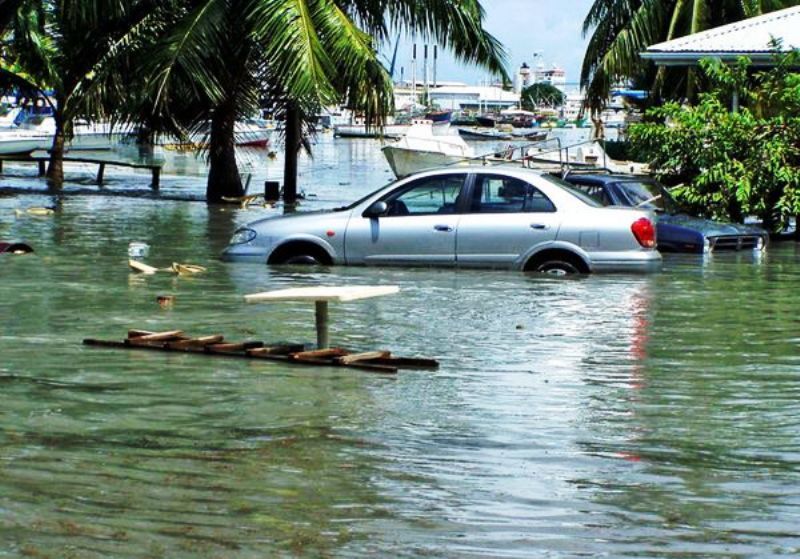Tsunami preparedness workshop |22 August 2016
Education, timely warning key to escaping tsunamis

All the different measures taken by coastal countries after the deaths, devastations and desolation caused by the 2004 tsunamis need to be continuously updated, reinforced and tested through well-established standard operating procedures.
This will ensure that all key ministries, agencies involved in preparedness, education, awareness, communication, early warning and evacuation will know exactly what to do and how to react and respond in case a tsunami like the one in 2004 was to strike again.
In view of the increasing adverse effects of climate change countries should also continuously step up measures which prevent new tsunami risks and reduce existing ones through mitigation measures.
All these came out of a four-day training on tsunami, preparedness, education, early warning and response for key stakeholders organised last week by the Division of Risk and Disaster Management (DRDM). It was with the close collaboration of Unesco, the Intergovernmental Oceanographic Commission (IOC) and the Indian Ocean Tsunami Information Centre (IOTIC) based in Jakarta, Indonesia and funded by the Malaysian Funds in Trust Projects.
“While we all remember the 2004 tsunamis when we had nothing in terms of education and preparedness, today we can proudly say we have done a lot of work to better prepare ourselves from the risks coming from the sea,” said DRDM’s director general Paul Labaleine, who also stressed that a lot more needs to be done in terms of education to continuously raise awareness of the population on the threats coming from the sea and seeking sustainable ways to step up risk reduction as well as mitigation.
At the end of the training he commended the different agencies and organisations for releasing their people to follow such an important training. He stressed on the importance of understanding the consequences of tsunamis noting that infrastructures can always be built back using tsunami resistant means and measures but human lives lost cannot be replaced.
“In cases of disasters and emergencies like tsunamis it is not business as usual,” said Ardito Kodijat, head of the IOTIC.
He also stressed on the need for countries to be always prepared, build their awareness and human resource capacity, have in place good evacuation plans in order to minimise the number of deaths through managing and reducing risks which he said should be a priority for governments and should be mainstreamed in policies and strategies in order to be financially sustained.
One of the trainers, Nora Gale of the Unesco IOC, also had words of encouragement for those who took part in the training, calling on them to take the education to their organisations.
A series of recommendations came out of the training and those who took part have called on stakeholders, particularly those involved in tourism-related businesses, to be more educated and aware of the Seychelles Disaster Reduction Management Act, the need for tsunami signages, for focal persons in different agencies to be clearly identified and database of such to be regularly updated, Ile Perseverance to be used as a pilot in evacuation exercises which should be carried out more often to test Seychelles’ preparedness, for evacuation routes and centres to be clearly defined, for tourism institutions to have their own evacuation centres, for more education on colour coding alerts especially for vulnerable groups like disabled and elderly.
Those who took part in the training also learned more on the forthcoming Indian Ocean Wave (IOWave2016) exercise to take place early September in 28 coastal countries including Seychelles.




